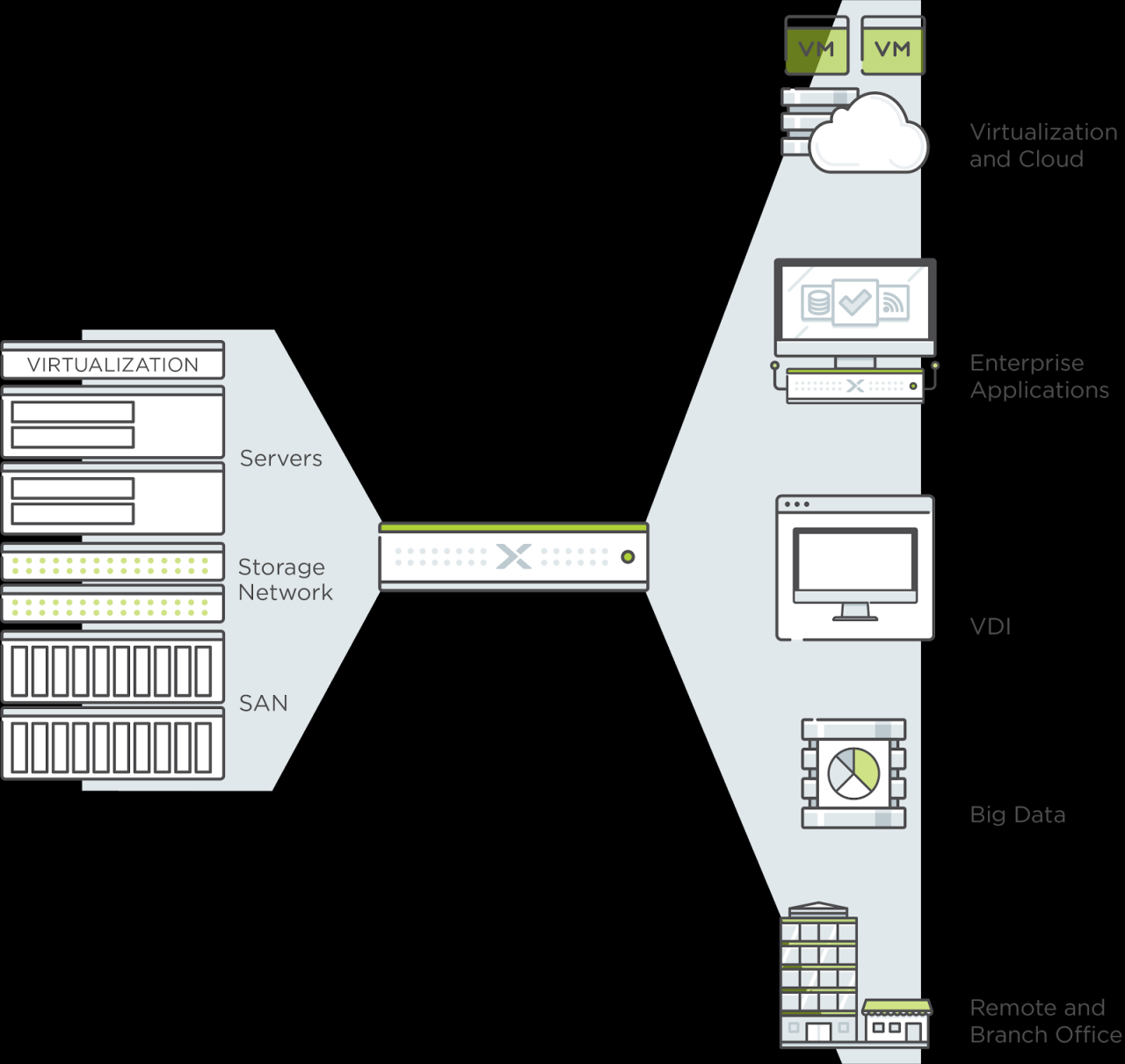Ever felt like your IT infrastructure is a tangled mess of servers, storage, and networking equipment, each with its own management quirks? You’re not alone. Managing traditional IT can be a headache, consuming valuable time and resources.
Enter hyperconverged infrastructure (HCI), a revolutionary approach simplifying the data center and streamlining operations. But what exactly is the “hyperconverged meaning” behind all the hype? It’s more than just hardware; it’s about integrating compute, storage, networking, and virtualization resources into a single, manageable system.
This article dives deep into the core principles of HCI, exploring its benefits, key components, and how it can dramatically improve efficiency, scalability, and overall IT agility. Prepare to unlock the power of simplification and discover how HCI can transform your infrastructure from a burden into a business enabler.
Unpacking the Hyperconverged Meaning: A Straightforward Guide
Ever heard the term “hyperconverged infrastructure” (HCI) and felt a little lost? Don’t worry, it’s simpler than it sounds! Let’s break down what HCI is all about, using everyday language.
At its core, HCI is about simplifying your IT infrastructure. It takes all the essential pieces – storage, computing, and networking – and combines them into a single, manageable system.
Think of it like this: Instead of having separate boxes for each function, HCI puts them all together in one easy-to-use package. This streamlines operations and reduces complexity.
Ultimately, hyperconvergence seeks to consolidate separate data center technologies into a more cohesive, and easier-to-manage system, thereby accelerating business agility.
Deconstructing the “Hyperconverged” Term

The “hyper” in hyperconverged hints at a higher level of integration compared to traditional converged infrastructure. It’s not just about putting things together; it’s about making them work seamlessly together.
With HCI, software plays a central role. It’s the glue that binds the components, creating a virtualized environment. This allows for better resource utilization and flexibility.
This software-defined approach enables automated management and orchestration. Tasks that once took hours can now be done in minutes. It’s all about efficiency!
In simpler terms, the hyperconvergence concept describes using software and a unified user interface to control many aspects of a data center using tightly integrated hardware.
Why Choose Hyperconverged Infrastructure? The Benefits
So, why are so many businesses switching to HCI? The advantages are compelling. Cost savings, simplified management, and improved scalability are just a few perks.
One key benefit is reduced capital expenditure (CAPEX). By consolidating hardware, you need less physical space and fewer servers. This translates to significant cost savings.
HCI also makes IT management easier. With a single pane of glass, you can monitor and manage your entire infrastructure. No more juggling multiple systems.
Plus, scaling is a breeze. Need more resources? Simply add another node to your cluster. It’s a quick and painless process. It offers far greater flexibility.
Businesses can see a reduction in operational costs, faster application deployment times, and quicker resolution of technical issues.
Hyperconverged vs. Converged Infrastructure: What’s the Difference?
Converged infrastructure (CI) and HCI are similar, but there are key differences. CI typically involves pre-integrated hardware components, but they are managed separately.
HCI takes it a step further by tightly integrating the software layer. This creates a more unified and automated environment. Think of it as CI on steroids.
With CI, you might still need separate teams to manage storage, computing, and networking. HCI breaks down those silos, fostering better collaboration.
The modular, software-defined nature of HCI provides much more versatility in scaling and operations compared to the hardware-defined approach of CI.
Use Cases for Hyperconverged Solutions
HCI is versatile and can be used in a variety of scenarios. From virtual desktop infrastructure (VDI) to private clouds, the possibilities are endless.
VDI is a popular use case because HCI provides the performance and scalability needed to support numerous virtual desktops. Smooth user experience is key.
Many organizations are also using HCI to build private clouds. It’s a cost-effective way to gain the benefits of cloud computing without sacrificing control.
Businesses might also implement an HCI platform to handle database management, disaster recovery or support a large volume of data processing.
Getting Started with Hyperconvergence
Ready to explore HCI? Start by assessing your current infrastructure and identifying your pain points. What challenges are you facing with your current setup?
Then, research different HCI vendors and solutions. Look for a solution that meets your specific needs and budget. Consider proof-of-concept trials.
Pilot programs can be a great way to test the waters before making a full commitment. See how HCI performs in your environment and validate its benefits.
Implement HCI on a small scale, focusing on specific business requirements, then scale up over time for maximum impact on your business.